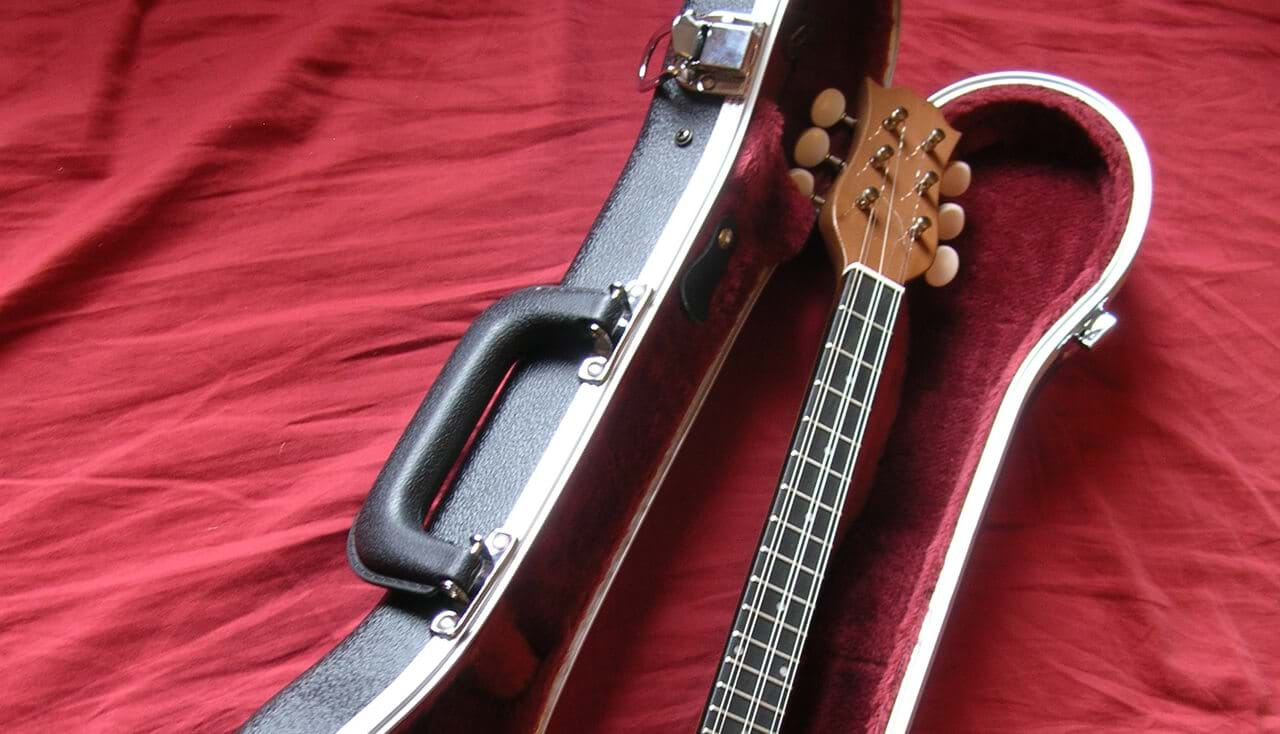A staple of the taverna, rebetiko music originated in the working class ouzeria of the nineteenth century Ottoman empire. The genre synthesises Greek, Turkish, Arabic, Jewish, and Armenian influences, while the lyrics sing of love and longing and crime and poverty. In the beginning, the singers were accompanied by one or two guitars and, occasionally, the tambouras—a long-necked instrument usually with two strings tuned five notes apart. The music was considered rebellious, so government officials tried to repress its performance in the early twentieth century. This affected its instrumentation, according to Dimitris Liapis, a contemporary performer of the genre: ‘The police held raids, so musicians made a smaller instrument that could be hidden—the baglamas.’ The baglamas is a descendant of the pandoura, the long-necked lute of ancient Greece. It provides chords and rhythmic support for the ensemble. Its larger siblings, the medium-sized tzouras and the larger bouzouki, also added to the sound when policing was not so strict. After the destruction of Smyrna in 1922, ethnic Greek musicians departed the city for modern Greece and a distinctively Greek tradition began to develop. After a period of repression and neglect, the genre regained popularity in the 1970s during the Greek folk revival. Our rebetiko ensemble plays every Sunday at 19:30 at Ouzeri, our seaside taverna. Chara Aresti plays guitar and sings, Dimitris Liapis plays baglamas and sings, and they host bouzouki players from Cyprus and Greece. Reserve your table for Greek meze and take in this soulful and heart-wrenching music.
Photo credit: Photo of baglamas by Violinincognito.
